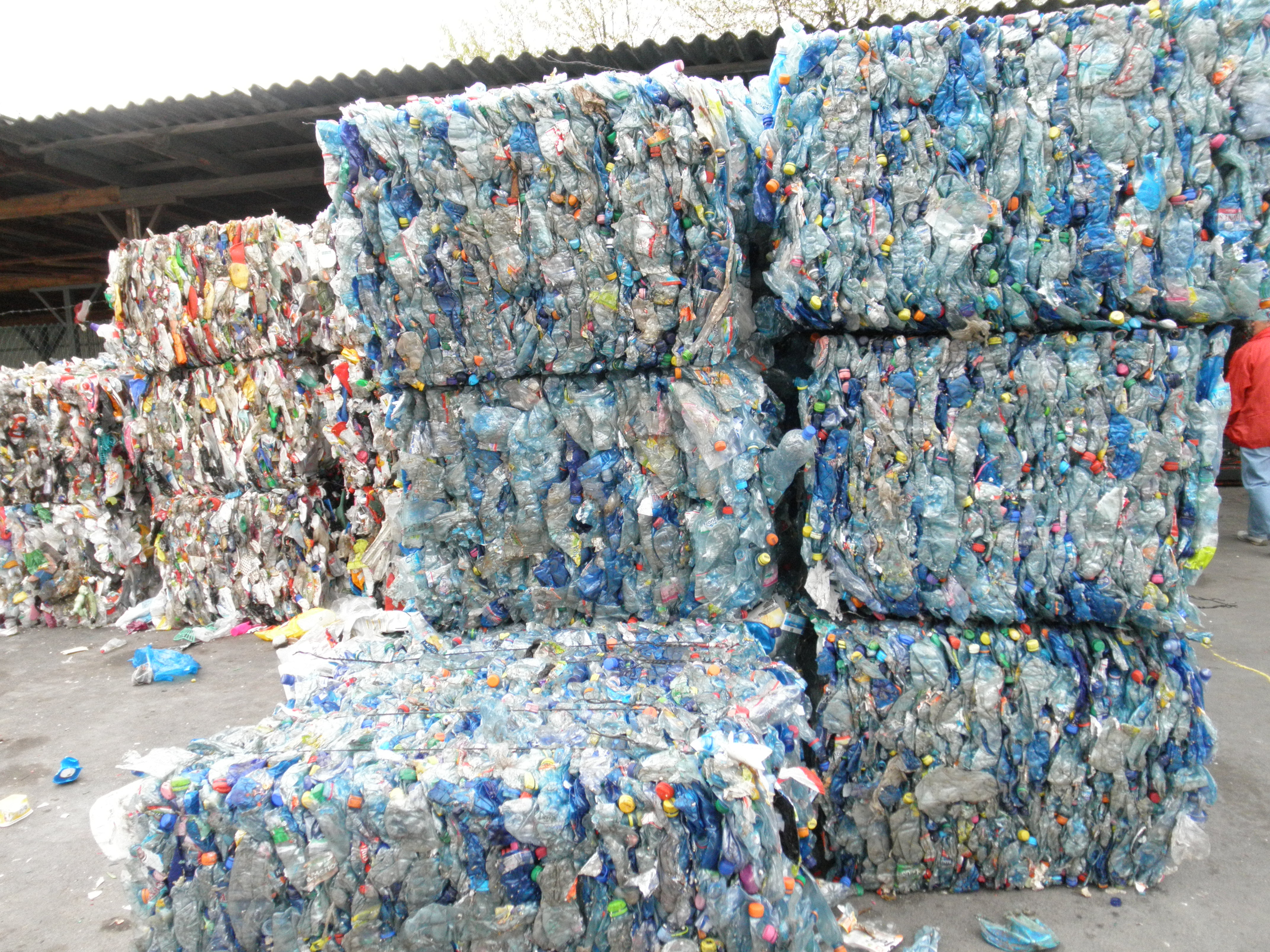8. Araujo, L.M.G.; Morales, A.R. Compatibilization of recycled polypropylene and recycled poly (ethylene terephthalate) blends with SEBS-g-MA. 9. Benzing, K.; Fleig, J.; Feiss, D.; Rott, H. Separating Aluminum-Containing Composites, Eg For Recycling Packaging Materials, Involves Treatment with Alkali Solution to Dissolve Aluminum and Precipitate Other Materials. 10. Chui, Y.; Lee, M.; Kim, H. A Recycling Method of Multilayer Packaging Film Waste. 11. Samorì, C.; Cespi, D.; Blair, P.; Galletti, P.; Malferrari, D.; Passarini, F.; Vassura, I.; Tagliavini, E. Application of switchable hydrophilicity solvents for recycling multilayer packaging supplies. 12. Cinelli, P.; Schmid, M.; Bugnicourt, E.; Coltelli, M.B.; Lazzeri, A. Recyclability of PET/WPI/PE Multilayer Films by Removal of Whey Protein Isolate-Based Coatings with Enzymatic Detergents. 13. Banea, M.D. Debonding on Demand of Adhesively Bonded Joints. In Progress in Adhesion and Adhesives; Mittal, K.L., Ed.; Scrivener: Hoboken, NJ, USA, 2020; pp. 14. Sanyal, A. Diels-Alder Cycloaddition-Cycloreversion: A strong Combo in Materials Design. 15. Gandini, A. The furan/maleimide Diels-Alder reaction: A versatile click on-unclick device in macromolecular synthesis.

A systematic evidence map printed on March 4, 2022, within the Journal of Hazardous Materials shows that out of 193 chemicals investigated, one hundred fifty have been measured to migrate from polyethylene terephthalate (pet packaging materials, CAS 25038-59-9) bottles into drinks. Spyridoula Gerassimidou of Brunel University, London, and co-authors, together with scientists from the Food Packaging Forum, reviewed 91 studies that analyzed migration of chemicals from PET bottles into water, soda, juice, milk, and different drinks. Migration ranges had been found to fluctuate relying on the geographic location of bottle production, length of storage time, variety of reuses, and content material. Of the one hundred fifty chemicals found in drinks, 18 had been measured at ranges exceeding EU regulatory limits. These embody a number of phthalates and nickel (Ni, CAS 7440-02-0). Most of the samples exceeding regulatory limits had been in fatty foods or food simulants. Only 41 of the a hundred and fifty detected chemicals are included in the European Union’s regulation on plastic food contact supplies (FCMs) "positive listing." In addition, 102 out of 150 are included in the Food Packaging Forum’s food contact chemicals database (FCCdb) which offers an outline of chemicals intentionally used to supply FCMs. According to Gerassimidou and co-authors, many of the chemicals that migrate from PET, particularly these not included on regulatory lists, could also be non-deliberately added substances (NIAS), for which risk assessors lack official steerage (FPF reported). The presence of NIAS in the unique PET bottles plus additional contaminants coming into the plastic throughout the recycling course of can over time focus doubtlessly hazardous chemicals in bottles made from recycled PET (rPET, FPF reported, also right here). Gerassimidou et al. made seven recommendations that might help increase the usage of recycled pet plastic bottles Sweden in drinks bottles whereas still ensuring chemical security. Recommendations embody: (i) monitoring chemical contamination at each stage of production, together with bottling, to seek out sources of NIAS, (ii) "reaching bilateral agreement on what constitutes good high quality rPET between the industry and the regulator and placing in place a compliance mechanism," and (iii) revising chemical danger assessment approaches.

It doesn't include bisphenol-A (BPA) or phthalate. PET bottles will be easily decorated and molded into a large number of sizes and styles. Their excessive clarity allows for good product visibility and they're easily colored to complement a brand and label. When you’re looking for protection of merchandise equivalent to pharmaceuticals or nutraceuticals, amber coloured bottles provide high resistance to UV rays. High-density polyethylene, or HDPE, is broadly utilized in both inflexible and flexible merchandise. Its versatility allows it to be used for all the pieces from onerous hats to storage containers to luggage. Lightweight yet sturdy and impression-resistant, this plastic has replaced many metals and wood for playground gear, decks, and automotive elements, yet remains extremely recyclable. It's FDA-permitted and safe for meals, liquids, and pharmaceuticals, and doesn't include BPA or phthalate. An essential property of HDPE plastic is the power to withstand cold temperatures. HDPE plastic can endure long-time period temperatures of as much as -a hundred levels Fahrenheit.
This permits products comparable to meals and drinks to be frozen for later use. It additionally has the ability to withstand temperatures between 212 and -220 levels Fahrenheit for brief intervals of time, making it generally appropriate for autoclave sterilization. People often ask the fundamental variations between HDPE vs PET plastic bottles. PET plastic is obvious and glass-like whereas HDPE plastic is extra opaque and versatile. Both are secure and are great options for consumables. HDPE bottles provide good stress crack resistance and impact strength along with a uniform wall thickness for higher labeling and look. PET plastic containers are manufactured using a two-stage injection blow molding course of. Clear PET bottles present a terrific alcohol, solvent and moisture barrier. Plastic is durable and lightweight, making it excellent for storage and more economical for transporting. Drug interactions and leaching may be an issue with sure medications and supplements, however in the battle between HDPE vs PET, each plastics are secure and are generally used.